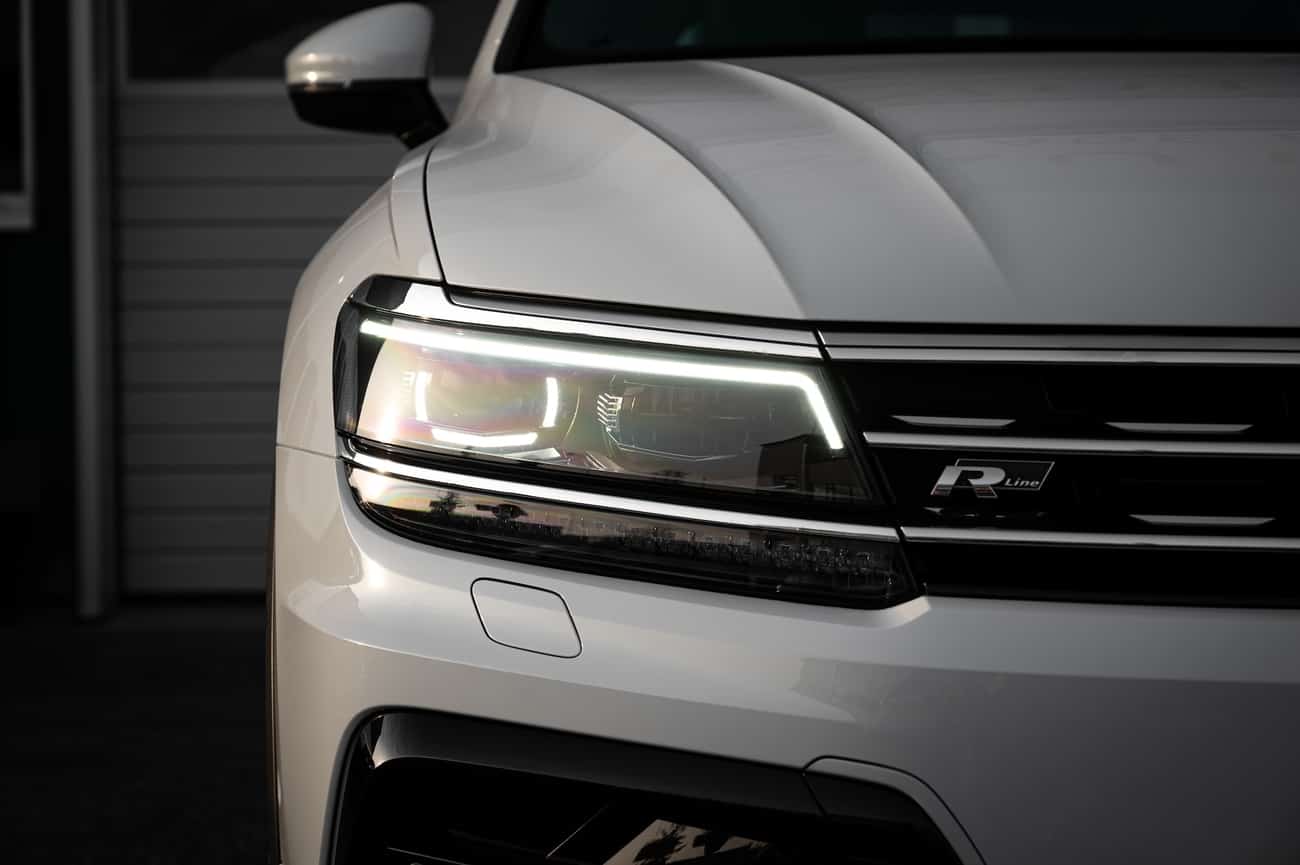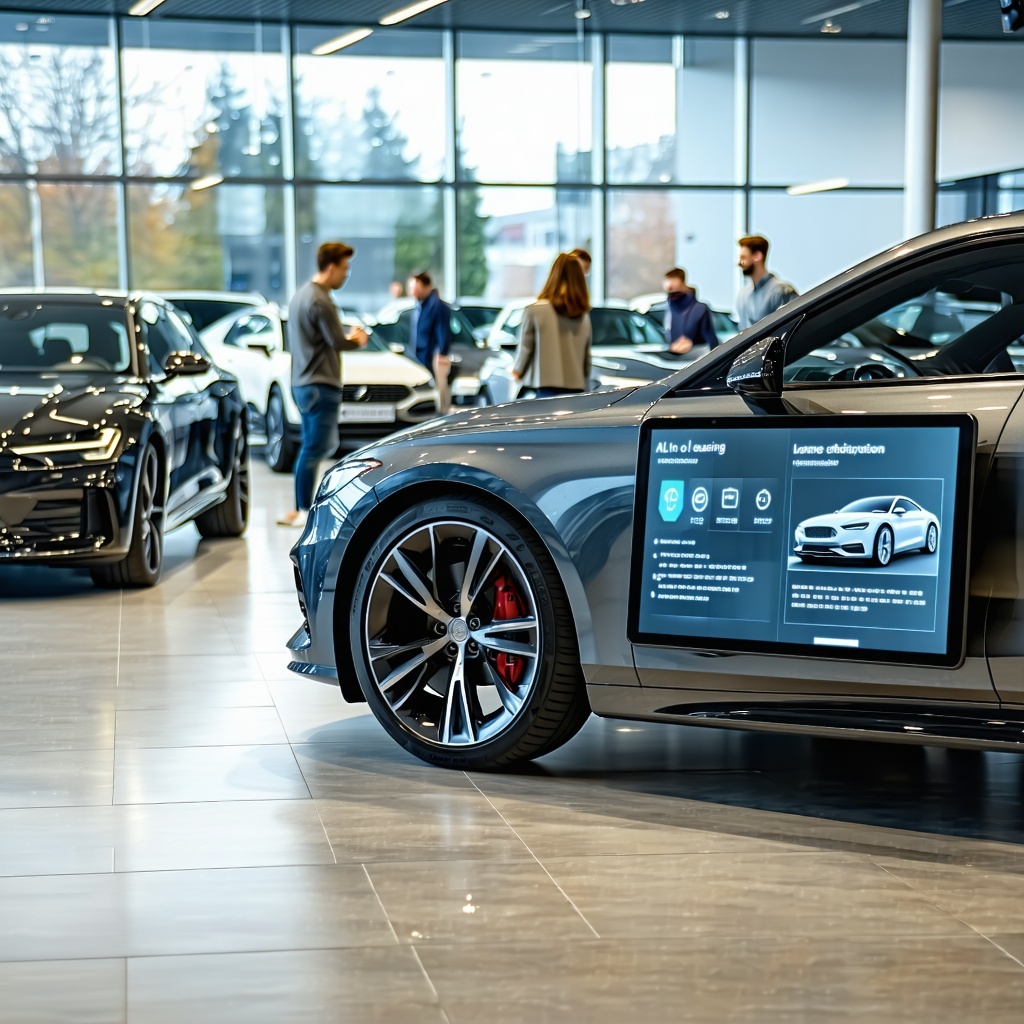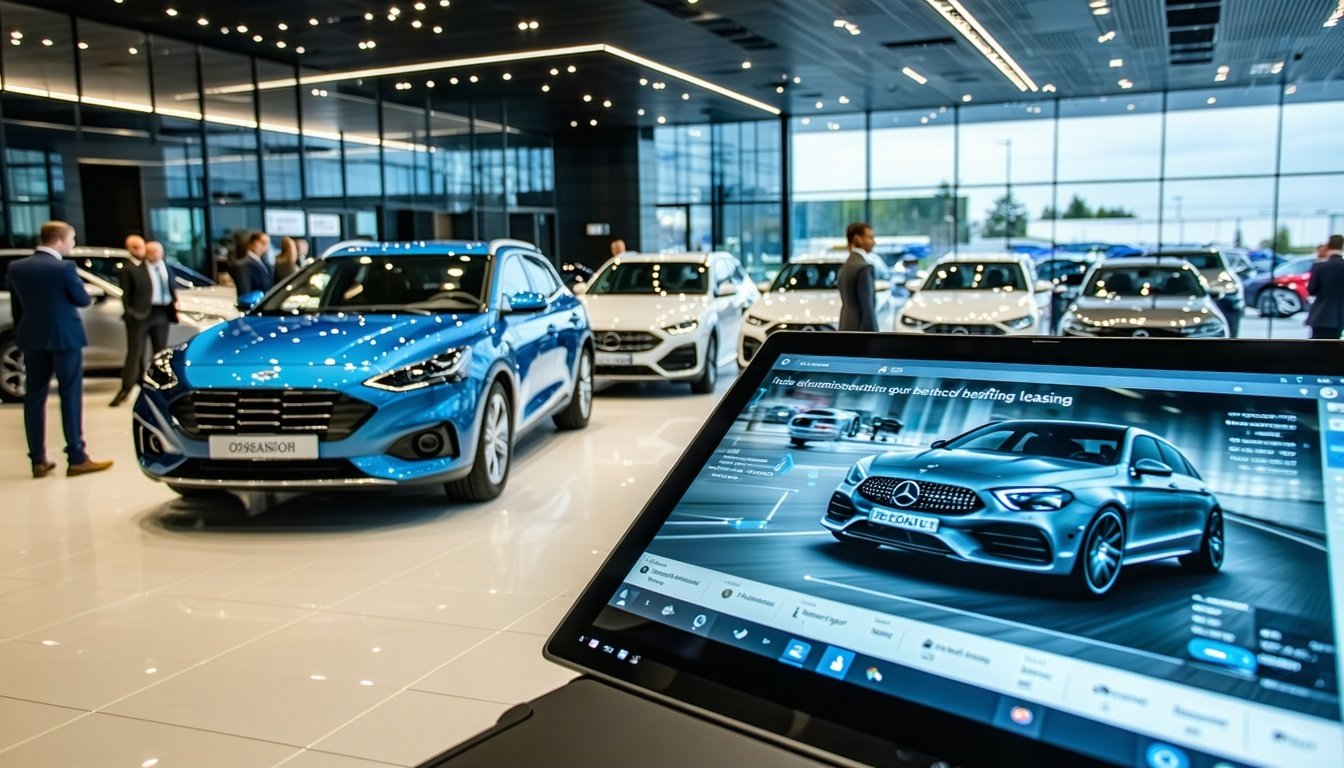Everyone's talking about BYD lately, but are they actually any good or just another...
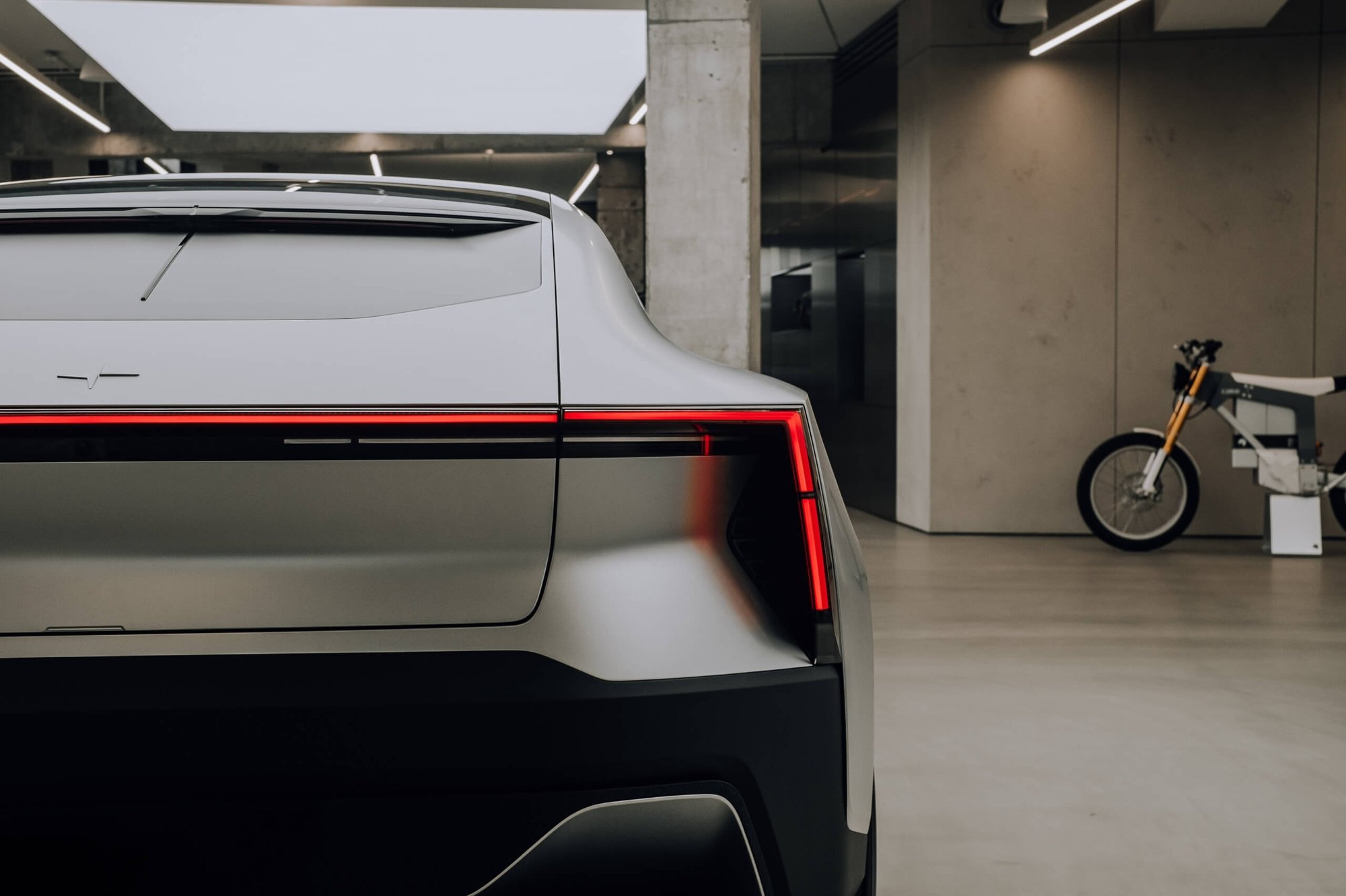
Are there Enough Electric Car Chargers in the UK? 2023
Electric Car Chargers...are there enough?
Are you thinking about going for an electric car but worried about the lack of charging stations? You've come to the right place. Is charging an electric car a pain in the backside or is it easy? Let's go find out!
Here's some key finding from Vehicle Freak:
- 10.6 million EV sales were anticipated to take place in 2022, a 57% increase over 2021.
- The number of publicly accessible chargers around the world reached 1.8 million, an increase of 37% in 2021.
- In 2030, EVs will account for more than 30% of all vehicles sold globally.
Fortunately for those concerned about the environmental impact of driving, these numbers are only going to increase over time. The UK government is committed to banning the sale of new petrol and diesel cars in 2030, and phasing them out completely by 2050.
One of the main problems standing in the way of that plan is charging. Many drivers who might otherwise want to buy an electric car are put off by the various anxieties related to charging: namely how far the car can go on a single charge, and the availability of chargers while on the road.
We can’t put more chargers out there, but we can go through the issues at hand and hopefully quell some of our readers’ concerns about the future of electric vehicles in the UK.
In this blog post we’ll answer:
- How do you charge an electric vehicle?
- Where can I find public chargers?
- Are there enough chargers in the UK for electric cars?
- Best and worst places for electric car chargers
How do you charge an electric vehicle?
In the earlier days of the car, engines would be started by using a handle that connected with the engine’s crankshaft. This would be turned, or “cranked,” until the engine started.
Mercifully for everyone, those days are long gone. Nowadays we can just push a button to start a car, especially in an electric vehicle. But the power for this has to come from somewhere: the battery.
In an internal-combustion engine (ICE) vehicle, the battery powers the electrical components of the car, helping spark the combustion engine to life. These batteries last about 3-5 years before needing to be replaced. In an electric vehicle, the battery powers everything. EV batteries last much longer: between 10-20 years, by current estimates.
To charge their battery, most electric vehicle users will have a charger installed in their home. The car can be plugged in and charged when not in use, often overnight. These chargers come in several different types which all have their respective pros and cons. But suffice it to say that charging via a wall charger at home is the most convenient method if you can get one installed.
You can also charge via a public charger. If you don’t have off-street parking at or near your home, a public charger is the next best way of charging your battery. Either you can hook your car up when it’s not in use if there’s one on your street or, if you’re out and about, you can charge it at a public charging point at a service station.
Otherwise, it may be best to try and charge your vehicle at work. Current estimates suggest that there are around 400,000 chargers installed either at homes or at places of work across the UK.
However, the disadvantages here are clear. Charging at home requires either a driveway or a garage and the installation of a wall charger, which can cost between £450 to £1200. If you don’t have a driveway or garage, you’ll need to find a public charge point, which is immediately inconvenient, and may well cost more to use long-term than installing a home charger.
Where can I find public chargers?
There are over 42,000 public chargers in the UK at the time of writing, not including those installed in workplaces. This figure represents a 35% increase on the number available in 2021. More are being installed every year. Accessing them, however, is something of a postcode lottery.
According to research by comparethemarket.com, the 131 EV owners living in Christchurch in Dorset have access to 112 public charging devices. By contrast, the 11,450 registered EV owners in Peterborough in Cambridgeshire can only access 42 public charging devices. There is thus a clear need for improvement here.
Are there enough charging stations in the UK?
However, it is not all doom and gloom. Concerns about the availability of public chargers have been raised by the Competition and Markets Authority (CMA). Their report on the matter advocates for a tenfold increase in the number of available public chargers by 2030.
As part of its Electric Vehicle Infrastructure Strategy, the government has pledged to make this happen, announcing a £1.6billion funding package to work towards this goal. The majority of this money is being earmarked to support local authorities in their efforts to improve local infrastructure. The rest is intended to train staff to work on planning and implementation.
As an example of what a local authority can achieve, Braintree in Essex has opened Britain’s first-ever electric car charging forecourt. It can charge up to 36 vehicles simultaneously.
The operator claims that it would take only 20 minutes to give a car enough of a charge to journey a further 200 miles. For drivers, it operates like a luxurious motorway service station, offering not only a coffee shop and supermarket franchise, but rentable office pods and an electric car showroom.
The Braintree forecourt is operated by Gridserve, powered by a nearby solar farm in Flitwick, Bedfordshire, and thanks to having its own solar panels, is also able to generate its own power for emergencies. Gridserve plans to open 100 similar sites across the UK over the next five years, so you may well encounter one soon.
And, if you’ve ever bought a power pack for your phone or tablet so you can charge on the go, you can now do the same for your car! The ZipCharge Go is a suitcase-sized portable charger for your car. It won’t give you a full charge, but depending on the specs of your car, it could give you a 20-mile boost within 30 minutes of charge. So, if you’re out and about and running out of charge, it just might help get you to a nearby charger.
The UK’s public charging network may need improvement, but that improvement is already in the works. As the 2030 deadline approaches, more chargers are being installed across the country, and there are other solutions like portable power-packs already available.
Where are the best places to own an EV?
The best places for you to drive an electric car is decided by the amount of chargers compared with the population of that city. Here's the list from Zap Map:
- London with 1,802 people per charger
- Nottingham with 1,021 people per charger
- Milton Keynes with 435 people per charger
- Coventry with 618 people per charger
- Manchester 5,913 people per charger
- Bristol 1,817 people per charger
Where are the worst places to own an EV?
- Southend-on-Sea - 180,435 people per EV charger
- Aldershot - 91,950 people per EV charger
- Chatham - 39,794 people per EV charger
- Newcastle - 29,785 people per EV charger
- Blackpool - 22,023 people per EV charger
If you want to read more information about electric cars, here's some content:
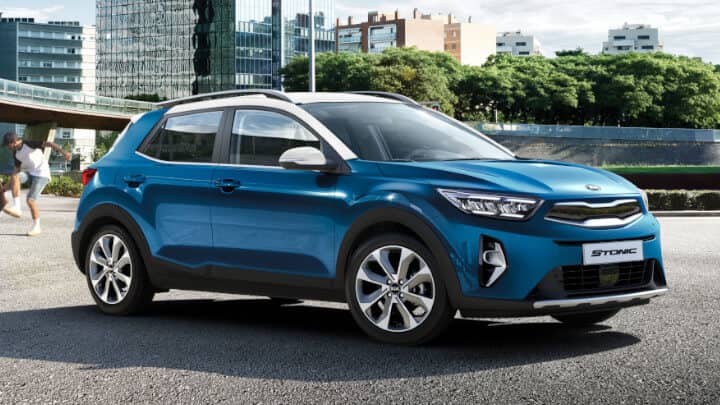
Mercedes C Class 220d Saloon | A Comprehensive Review by Wagonex


